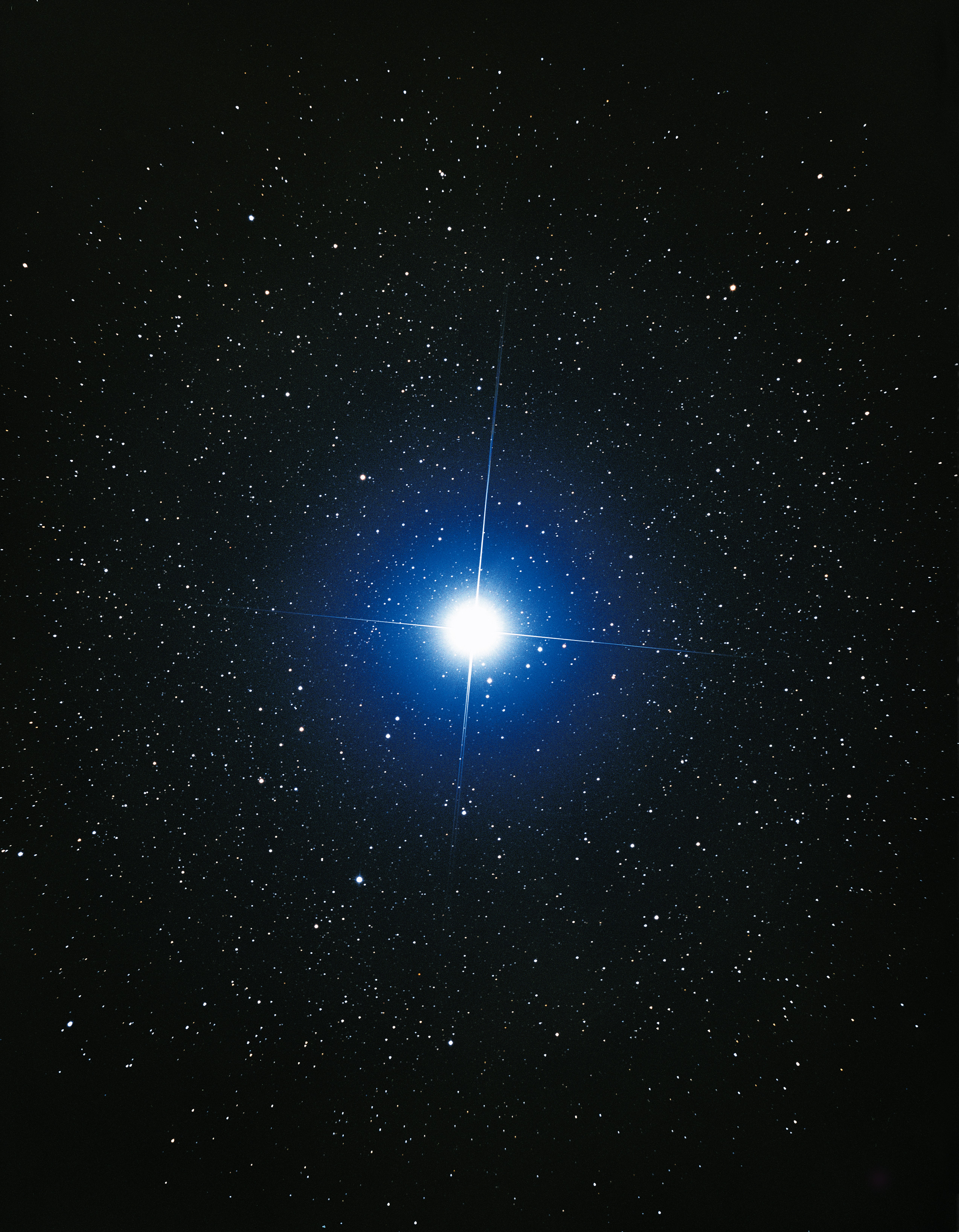
Unveil the captivating brilliance of Sirius, the dazzling star lighting up our nights. Whether you’re a seasoned stargazer, astronomy enthusiast, or curious reader, these Top 10 Sirius facts will illuminate why this celestial wonder continues to fascinate cultures and scientists alike.
1. ⭐ What Is Sirius?
Sirius, known as the “Dog Star”, is the brightest star in Earth’s night sky. Located in the constellation Canis Major, its name derives from the Greek Seirios, meaning “glowing” or “scorching.” With an apparent magnitude of −1.46, Sirius outshines all other stars—and occasionally even planets—when seen from our vantage point. Its brilliance is a compelling subject for astronomy enthusiasts and a gateway to the night sky for beginners.
2. 🌍 How Far Is Sirius From Earth?
The distance to Sirius plays a key role in its dazzling appearance. At just 8.6 light-years from Earth—and roughly 81 trillion kilometers— it ranks among our closest stellar neighbors. Even a star that’s only about twice as luminous as the Sun would appear quite bright at this distance, and yet Sirius is about 25 times more luminous—which is why it’s such a prominent light in the night sky.
3. 🧩 Sirius Is Actually Two Stars: A Binary System
Contrary to single-star assumptions, Sirius is a binary star system composed of:
- Sirius A: A main-sequence A-type star, about twice the mass of our Sun and 25 times as luminous.
- Sirius B: A faint but dense white dwarf, around the size of Earth, formerly a main-sequence star that burned brightly before collapsing.
The companion orbits Sirius A every 50 years. Sirius B was one of the first white dwarfs ever discovered, marking an important milestone in astrophysics.
4. ⏳ Sirius B: A White Dwarf With a Dramatic Past
Sirius B is fascinating for more than its compact nature. Once a much larger star, it burned through its fuel in just a few hundred million years—far faster than the Sun—before collapsing into a white dwarf roughly 120 million years ago. What remains is an extremely dense object weighing as much as our Sun but compressed into a sphere the size of Earth.
5. 🔭 How to Find Sirius in the Night Sky
Even novice stargazers can locate Sirius with ease:
- Face South—Sirius is most easily seen in the winter months in the Northern Hemisphere (November to February).
- Look for Orion’s Belt—a trio of bright stars. Trace the three stars southeast to find Sirius.
- Identify Canis Major, the “Great Dog” constellation, with Sirius marking its nose.
No telescope needed! Sirius is easily visible to the naked eye and is one of the first stars to dot the night sky.
6. 🌌 Why Is Sirius So Bright?
Three factors make Sirius stunningly bright:
- Intrinsic brightness—Sirius A’s disk is 25x more luminous than our Sun.
- Relative proximity—at only 8.6 light-years, it appears much brighter than distant stars.
- Blue-white hue—its A1 spectral type radiates light more intensely in visual wavelengths.
The combined effect: a standout beacon in the celestial sphere.
7. 📜 Sirius in Ancient Cultures and Mythology
Ancient Egypt
The heliacal rising of Sirius (when it first becomes visible before dawn) around July marked the flooding of the Nile—a critical event that supported agriculture and civilization.
Greece & Rome
Often personified as Seirios, the star symbolized scorching heat and drought. In Roman lore, dies caniculares (“dog days”) were 40 days in summer when Sirius rose with the Sun, seen as bringing hot weather.
Native American Traditions
Some tribes saw Sirius as a celestial guardian or a companion star, embedding it in creation myths and sky lore.
8. 🧠 Sirius in Science and Research
Scientifically, Sirius B was groundbreaking—its discovery in 1862 by Alvan Graham Clark provided proof of white dwarf stars. Its mass (~1 M☉) and small radius reaffirmed theoretical astrophysics on electron degeneracy pressure. Scientists continue to study Sirius as a cosmic neighbor offering a living laboratory to test stellar evolution models and calibrate cosmic distance scales like parallax and proper motion.
9. 📐 Measuring Sirius: Distance, Motion, and Parallax
Sirius has long served as a standard star for celestial measurements:
- Parallax—first measured with reasonable accuracy in the 19th century; crucial for confirming its distance.
- Proper motion—Sirius is moving fast across the sky at about 1.3 arcseconds/year, bound gravitationally with Sirius B.
- Calibration—used to refine instruments and models because of its brightness and prominence.
Ongoing measurements from telescopes like Gaia continually improve the precision of its position, velocity, and orbit.
10. 🔮 Future Mysteries and What’s Next
Though far from hidden, Sirius still holds secrets:
- Unseen companions: Some astronomers speculate on possible exoplanets or additional bodies in the system.
- Stellar interaction: Tidal effects, mass transfer, or debris disk remnants from past evolution are under investigation.
- Next 50 years: Over the coming decades, Sirius B’s orbit will continue to reveal deeper insights into mass, composition, and white dwarf cooling theory.
Thanks to powerful telescopes and space missions, the Sirius system remains a prime target in observational astronomy.
Leave a Reply